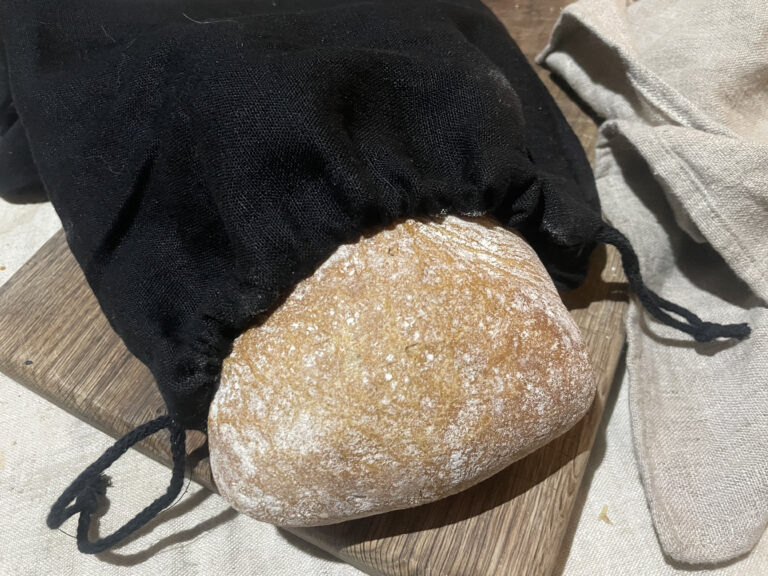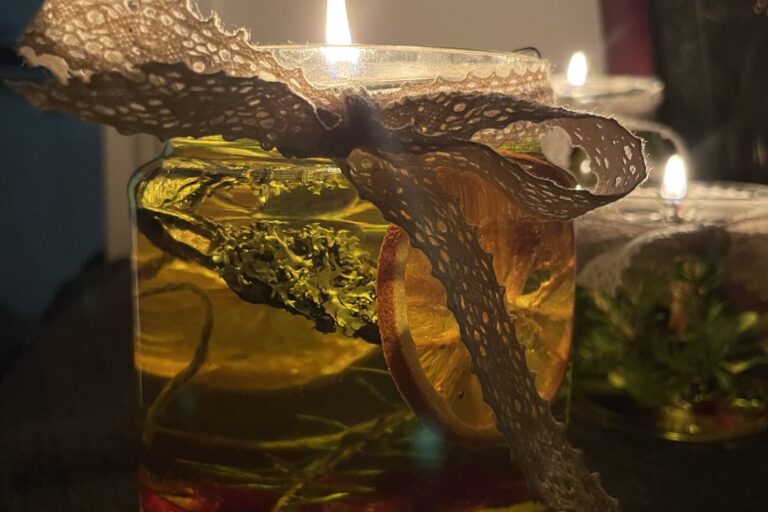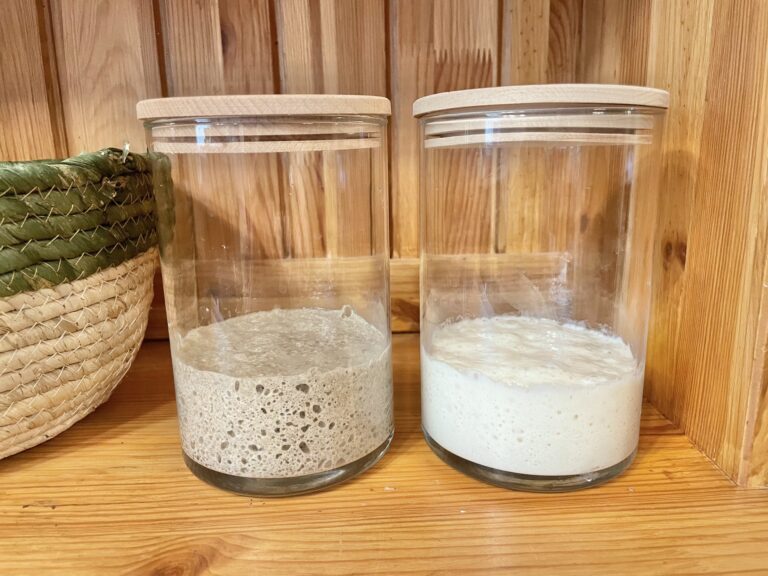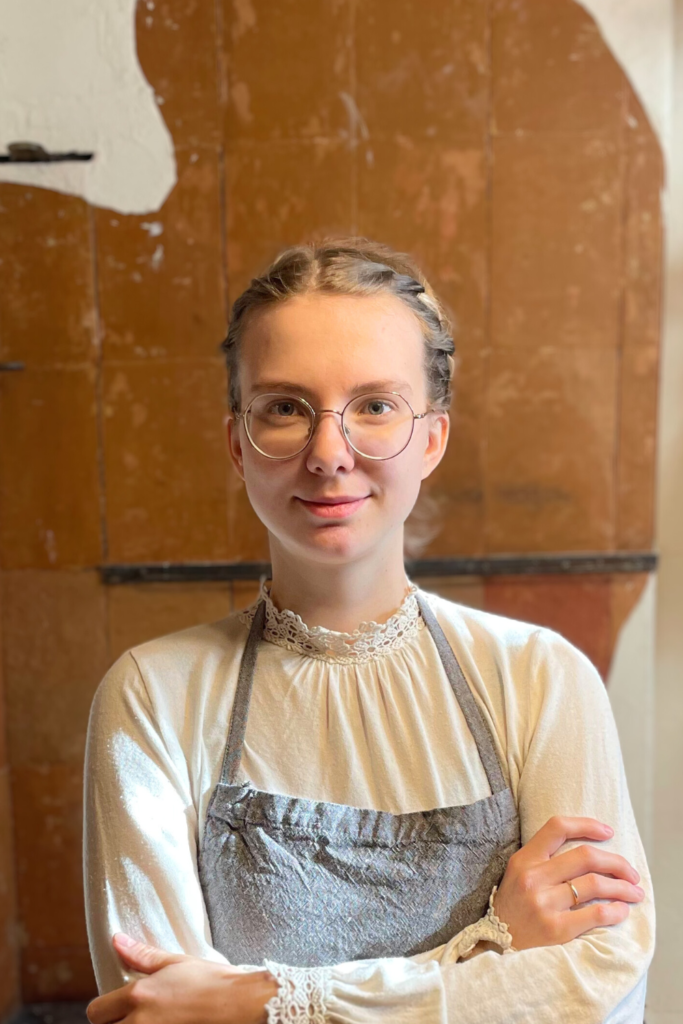Cloth diapers may initially seem confusing and even off-putting. However, like with anything else, over time, you can learn how to navigate complex matters. In reality, there’s nothing complicated about cloth diapers. There are indeed many different names and types for these diapers, but primarily, you need to figure out if you want to fold diapers yourself, like I do, or not. If you don’t want to fold them, then decide whether you want the absorbent insert and waterproof cover to be together or separate. Each choice has its pros and cons, which should become clearer after reading this post, and I hope you can make your decision!

I believe that if something has worked for thousands of years, there is no need to change it. So, I chose traditional flat diapers for my child from the different types of cloth diapers available. I highly recommend reading more about using flat diapers, as this diaper is the cheapest and easiest to care for option when it comes to using cloth diapers.
Before you start reading, come and follow me on Instagram, Facebook, and Pinterest!
Why Are Cloth Diapers the Best Choice?
So, I will explain the different types of diapers quickly and easily. The reason why I started using cloth diapers in the first place is primarily due to my quirkiness, striving for traditional lifestyles, and distancing myself from modern, usually harmful innovations. It’s great to think about the thousands of saved paper diapers, but I primarily like the feeling that my baby’s body is in contact with organic cotton or linen.
What Are the Major Types of Cloth Diapers?
Different Sizes
Cloth diapers can be purchased in two broad ways – one size and different sizes.
One-size diapers
As the name suggests, one-size diapers are suitable for almost the entire diaper-wearing age range – from birth to 15-16kg. These diapers usually have snaps and clasps that can adjust the diaper from the smallest size to the largest. These diapers look like regular disposable diapers.
Different-size diapers
Cloth diaper sizes range from newborn diapers to XL (XL size is approximately for children aged 3-5 years). However, similar to disposable diapers, diaper sizes do not change as quickly as clothing sizes and do not need to be changed as often. For example, the same diaper can be worn by a 3-9 kg baby, but there are also smaller size differences.
Different Styles of Diapers
All-in-one diapers
AIO diapers are probably the closest to disposable diapers. One entire diaper, where both the waterproof cover and absorbent diaper insert are sewn together. When the diaper is used up, simply take it off and wash it in one piece. That way, cloth diapering is convenient.

All-in-two diapers
With all-in-two diapers, the absorbent inner layer and the waterproof diaper cover are the same as with all-in-one cloth diapers, they are just in two separate parts and can be washed separately, as needed.

Pocket cloth diapers
Pocket diaper is similar in concept to all-in-two cloth diapers, where the inner diaper and diaper cover can be used separately, but it is slightly different in design. Inside the diaper, there is a large pocket opening where an absorbent insert can be placed. Cloth inserts can also be adjusted according to need, allowing for more or less absorbency. However, a pocket diaper can also simply be an inner diaper, which requires a waterproof layer.

Absorbent diaper and diaper cover
I’ve grouped these two diapers because they go hand in hand. Absorbent inner diapers are not waterproof, while diaper covers are not absorbent but are waterproof, so they must be used together. They function the same way as all-in-two diapers, except they are not sold as a set. This means you can buy separate absorbent diapers and diaper covers and mix and match them to your liking. Inner diapers can be in the form of fitted cloth diapers (such as pocket diapers), but can also be flat diapers or pre-fold diapers. Diaper covers can be made of materials such as merino wool or polyurethane laminate (PUL) fabric. My mom even used plastic bags back in the day, but with so many different options available today, that’s probably not the best solution. The positive aspect of using separate diaper covers is that you can buy many different covers with various designs, and use fewer inner diapers as needed.
Tie diaper
It is a specialized type of diaper that can be fastened with straps. It can hold a folded flat diaper or diaper insert inside it.

Flat diaper
This diaper has a completely different shape and is usually made of linen or cotton fabric. With that kind of cloth diaper, there are a few extra steps you need to do; it’s a large square piece of cloth that must be folded correctly to function properly for the baby. I use flat diapers, along with wool covers. Using flat diapers is a great option because they can also be used for other purposes, such as a simple cleaning cloth.

Overnight diaper
This diaper has higher absorbency than a regular diaper. It can hold more absorbent inserts for overnight use, but the downside is that the baby’s skin can be wet throughout the night, which can disrupt their sleep.
Swim diaper
A swim diaper is a waterproof diaper with edges covered in rubber to prevent leaks.

Diaper inserts
A diaper insert is not a standalone diaper. It’s a flat piece of cloth that can be used as an additional layer inside a diaper. They can be put into pocket diapers and are made of various materials such as wool, bamboo, charcoal bamboo, microfiber, hemp, and even silk. Each material has a different level of absorbency.

Disposable Diaper Liners
Disposable diaper liners are quite clever for dealing with a bigger child’s poo. A child’s digestive system may not fully digest all foods, and it can be quite a hassle when the poo, along with food particles, sticks to the diaper, and you have to scrape it off before putting it in the washing machine. That’s where diaper liners come in handy because, depending on the type, you can toss them in the trash or toilet along with the poo. Diaper liners are typically made from bamboo or other natural fibers, and they are also environmentally and body-friendly. For a child who isn’t eating solid food yet, there’s no need to use diaper liners inside the diaper because their stool is in small quantities and so liquid that the washing machine can easily clean it off the diaper.
Newborn Cloth Diapers
Can you use cloth diapers for a newborn? Absolutely! Cloth diapers may look a bit comical on a newborn’s tiny bottom at first, as my husband put it, ‘The head is so small, but the butt is so big.’ Nevertheless, you can start using cloth diapers for your little one from their very first moments. Since a newborn’s body is incredibly small and somewhat bony in the first few weeks, a large cloth diaper bundle around their bottom may indeed look a bit awkward. In some cases, you may even need to switch to the next cloth size earlier. However, I believe that the sooner you start using cloth diapers, the better. If you don’t start right away, you might keep postponing it, and in the end, you might never start at all.
It’s easy with flat diapers – one diaper size can work from start to finish, even for newborns; you just need to change the sizes of diaper covers. But for other cloth diapers, you may need to consider buying separate newborn diapers. Unfortunately, these can be costly, and they’re only used for a very short time. So, make sure the newborn size is necessary, and sometimes it’s possible to make a larger size fit a small baby. However, keep in mind that a newborn’s poo is very liquid, and the diaper must fit tightly around the bottom.
Cloth Diapers Are a Good Start for Potty Training
Cloth diapers truly facilitate potty training, and there are two primary compelling reasons for that. The first reason is that washing diapers becomes tedious for the parent, and when the child starts using the potty, this chore becomes a thing of the past. Although nowadays, washing diapers isn’t as cumbersome as it used to be. You simply put the soiled diapers in the washing machine and let it do the work. Sometimes I wonder how mothers managed to hand-wash diapers in the past. I’ve washed diapers by hand myself when away from home without a washing machine, and I can say it’s indeed quite tedious, unpleasant, and time-consuming. So, I completely believe that in the days when there were no electric washing machines, children were potty-trained at a very young age.
The second reason cloth diapers promote potty training is that a child can feel when they’re wet. The diaper becomes wet, and it’s usually uncomfortable for them. Additionally, they become more aware of what pee and poop are because they notice when they go. Disposable diapers are designed to keep the child feeling dry even when they’ve peed, so even older children may find it challenging to understand what peeing means. I’ll mention my first child as an exception here; he didn’t care whether his diaper was wet or dry. He never made a fuss about it. However, despite this, he became aware of when he peed or pooped at a very young age and realized it, although it didn’t bother him. Generally, though, a wet diaper isn’t pleasant for a child, and eager mothers can wean their children off diapers as early as six months. My first child started using the potty at four months old, even though he couldn’t sit up independently yet. Even if fully weaning such a young child off diapers isn’t possible, it’s still a significant help if the poop goes into the potty, and you skip the step of wiping or washing their butt. So, I consider this a major advantage!
Is It Easy to Use Cloth Diapers?
The honest answer is both yes and no. It largely depends on the type of cloth diapers you’re using. Perhaps the easiest to use are all-in-one diapers, which closely resemble disposable diapers but need to be washed. The flat diapers, that I use, require folding before putting them on, and at times, it can be truly cumbersome. However, since these diapers have so many advantages (they are cost-effective, easy to sew yourself, and easy to wash), they remain my favorites. So, honestly, diaper changes, washing, and drying cloth diapers can be genuinely challenging at times. But it’s still so wonderful and highly beneficial in the long run, and I recommend it to anyone who asks for my opinion!
What to Consider When Using Cloth Diapers
- Generally, the rule is that to make cloth diapers absorbent and prevent leaks, they should be washed multiple times. It is also enough to soak the diaper in water by hand, let it dry, and soak it again, so you don’t have to use a washing machine. Depending on the material, 1-8 washes can give ideal results.
- Buying cloth diapers can be expensive at first, but in the long run, it is a worthwhile investment. Flat diapers can cost up to even 3 times less.
- Diapers may still have brown or yellow poop stains even after multiple washes. In this case, bleaching in sunlight or washing with baking soda can help.
- A cloth diaper should not go more than 3-4 days without washing. Soon, an unpleasant urine smell will appear, and in the worst case, the diaper can even become moldy.
Cloth Diapers – Traditional or Modern?
I consider flat diapers with woolen pants to be traditional and modern ones to be those with fancy pictures and a PUL material cover. I think both are good options and work equally effectively. Buying traditional flat diapers is certainly much cheaper and easier to maintain. However, modern cloth diapers come in various fun and unique designs, which can please the eye. Modern diapers are also made waterproof for use in public swimming pools. But in reality, it is everyone’s style and decision as to what they want to put on their child’s bottom. All options are good and work.
I really hope that the world of cloth diapers is a bit clearer now. Once again, I want to emphasize that there’s nothing complicated here; cloth diapers are just a matter of getting the hang of it. If you read through a few articles and try out the first diapers, you’ll soon realize how simple it all is. It’s also worth seeking advice from the older generation. I, too, was worried that I wouldn’t find the right diaper type for me or would regret my choice, but in the end, my mom, based on her experience, gave me the confidence I needed, and I have no regrets whatsoever.






